Mit dem k�rzlich im Herzen Grenobles er�ffneten biomedizinischen Forschungslabor Clinatec, will das CEA neue auf den Mikro- und Nanotechnologien basierende therapeutische Ans�tze entwickeln, um Hirnkrankheiten zu bek�mpfen, bei denen klassische Therapien bislang versagt haben.
Jul 9th, 2009
Read more
Dr. Frank Fisher, an Assistant Professor of Mechanical Engineering, Director of the Nanomechanics and Nanomaterials Lab, and Co-Director of the Graduate Nantoechnology Program at Stevens Institute of Technology, was recently awarded one of the two 2009 Ferdinand P. Beer and E. Russell Johnston Jr. Outstanding New Educator Awards by the American Society of Engineering Education.
Jul 8th, 2009
Read more
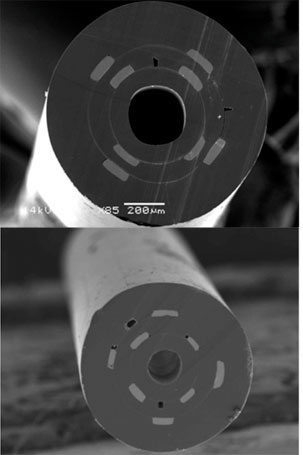 MIT researchers have developed light-detecting fibers that, when weaved into a web, act as a flexible camera.
MIT researchers have developed light-detecting fibers that, when weaved into a web, act as a flexible camera.
Jul 8th, 2009
Read more
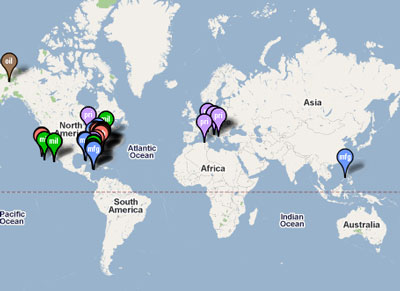 The map shows which nanomaterials have been used where and includes detailed information on the contaminants treated and the nature of the treatment. It provides a unique source of information on the intentional release of nanomaterials into the environment to treat contaminated ground and water.
The map shows which nanomaterials have been used where and includes detailed information on the contaminants treated and the nature of the treatment. It provides a unique source of information on the intentional release of nanomaterials into the environment to treat contaminated ground and water.
Jul 8th, 2009
Read more
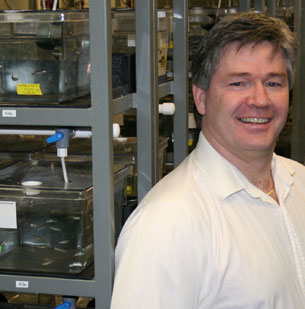 University of Alberta biological sciences professor Gregg Goss is on the front line of a new effort to monitor the effects of nanomaterials on the environment. Goss will help lead a team of 19 researchers from across the country in a three-year study of the toxicity of nanomaterials in aquatic environments.
University of Alberta biological sciences professor Gregg Goss is on the front line of a new effort to monitor the effects of nanomaterials on the environment. Goss will help lead a team of 19 researchers from across the country in a three-year study of the toxicity of nanomaterials in aquatic environments.
Jul 8th, 2009
Read more
A team of researchers from DuPont and Lehigh University has reported a breakthrough in the quest to produce carbon nanotubes that are suitable for use in electronics, medicine and other applications.
Jul 8th, 2009
Read more
Ohio State University researchers have developed a new method for making extremely pure, very small metal-oxide nanoparticles.
Jul 8th, 2009
Read more
A team of researchers at the University of Connecticut and the US Air Force Research Laboratory has now successfully used the electrospinning of DNA complexes to produce nanofibers that incorporate two different fluorescing dyes in such a way that energy can efficiently be transferred from one dye to the other. The color of the resulting fluorescence can be controlled by means of the ratio of the two dyes.
Jul 8th, 2009
Read more
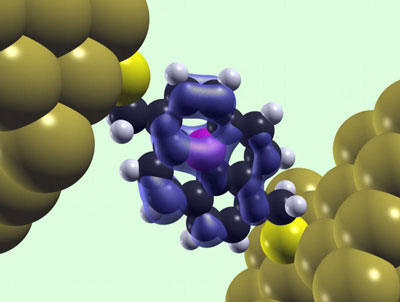 Einem internationalen Forscherteam ist ein Durchbruch in der Nanoelektronik gelungen: Mit einer ungeraden Anzahl an Elektronen sind Molek�le, die mit Metallelektroden im Kontakt sind, n�mlich schon im niedrigen Spannungsbereich extrem leitf�hig.
Einem internationalen Forscherteam ist ein Durchbruch in der Nanoelektronik gelungen: Mit einer ungeraden Anzahl an Elektronen sind Molek�le, die mit Metallelektroden im Kontakt sind, n�mlich schon im niedrigen Spannungsbereich extrem leitf�hig.
Jul 8th, 2009
Read more
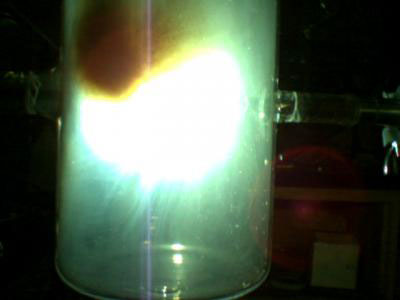 Virginia Tech chemistry Professor Harry C. Dorn, Emory and Henry College chemistry Professor James Duchamp, and Panos Fatouros, professor and chair of the Division of Radiation Physics and Biology at the Virginia Commonwealth University School of Medicine have co-invented a hands-off process for filling fullerenes with radio-active material.
Virginia Tech chemistry Professor Harry C. Dorn, Emory and Henry College chemistry Professor James Duchamp, and Panos Fatouros, professor and chair of the Division of Radiation Physics and Biology at the Virginia Commonwealth University School of Medicine have co-invented a hands-off process for filling fullerenes with radio-active material.
Jul 7th, 2009
Read more
A new Northwestern University-led study of human colon, pancreatic and lung cells is the first to report that cancer cells and their non-cancerous cell neighbors, although quite different under the microscope, share very similar structural abnormalities on the nanoscale level.
Jul 7th, 2009
Read more
Researchers at the UCLA Henry Samueli School of Engineering and Applied Science have developed a low-cost solution processing method for CIGS-based solar cells that could provide an answer to the manufacturing issue.
Jul 7th, 2009
Read more
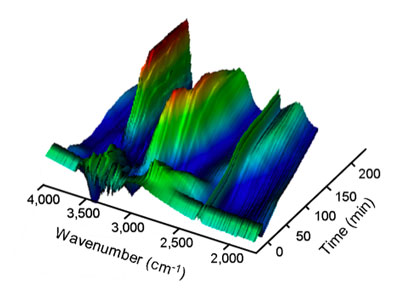 One of nature's most gripping feats of survival is now better understood. For the first time, scientists from the U.S. Department of Energy's Lawrence Berkeley National Laboratory observed the chemical changes in individual cells that enable them to survive conditions that should kill them.
One of nature's most gripping feats of survival is now better understood. For the first time, scientists from the U.S. Department of Energy's Lawrence Berkeley National Laboratory observed the chemical changes in individual cells that enable them to survive conditions that should kill them.
Jul 7th, 2009
Read more
Scientists at the Swedish medical university Karolinska Institutet and Link�ping University are well on the way to creating the first artificial nerve cell that can communicate specifically with nerve cells in the body using neurotransmitters.
Jul 7th, 2009
Read more
A group of researchers from the Department of Physics at UAB have designed a device, called a dc metamaterial, which makes objects invisible under certain light by making the inside of the magnetic field zero but not altering the exterior field. The device, which up to date has only been studied in theoretical works, thus acts as an invisibility cloak, making the object completely undetectable to these waves.
Jul 7th, 2009
Read more
Three proposals from Nanyang Technological University (NTU) have won up to S$30 million in research fund from the National Research Foundation following its fourth call for proposals under its Competitive Research Programme Funding Scheme.
Jul 7th, 2009
Read more







 Subscribe to our Nanotechnology News feed
Subscribe to our Nanotechnology News feed